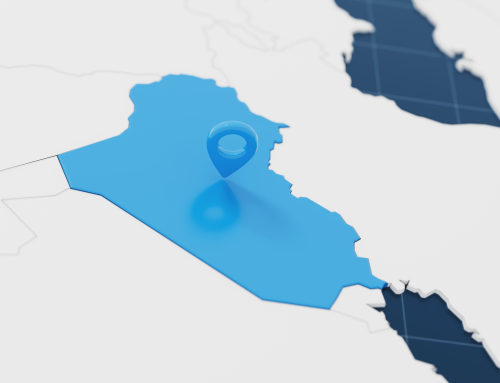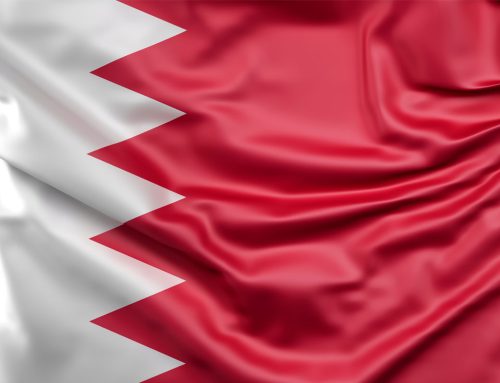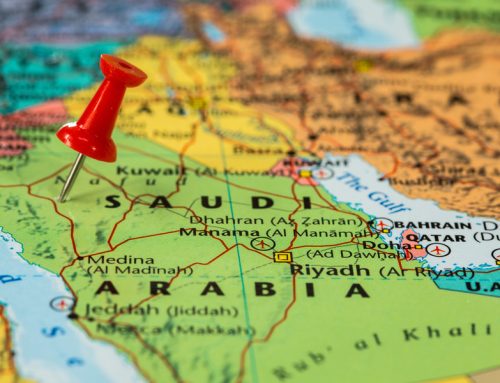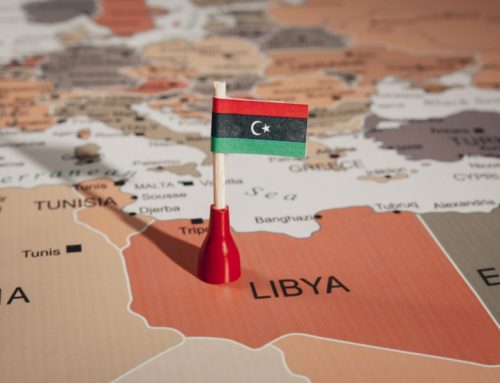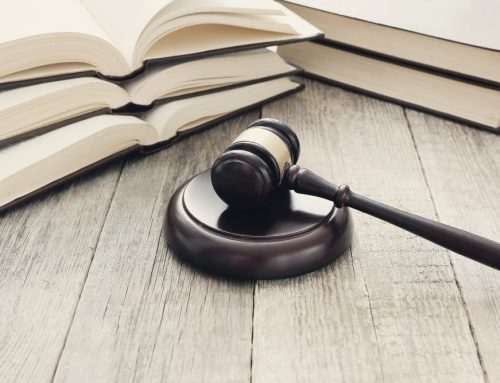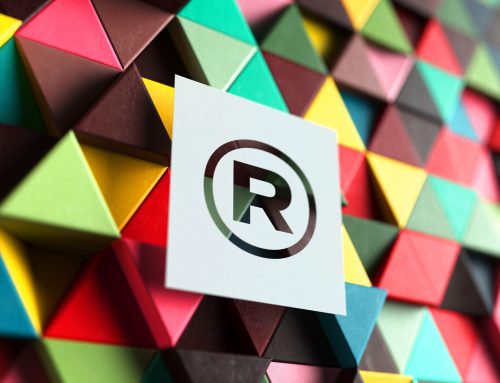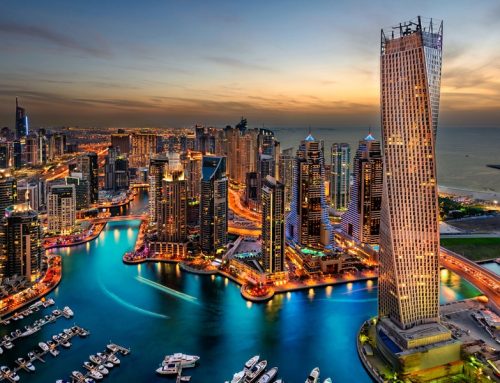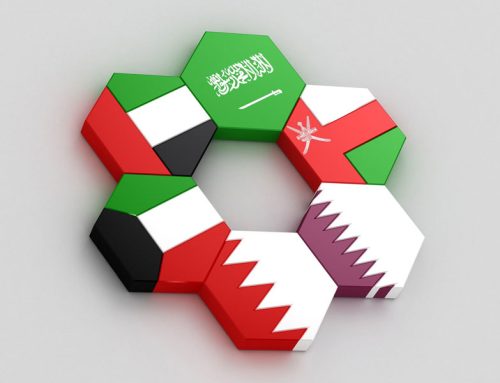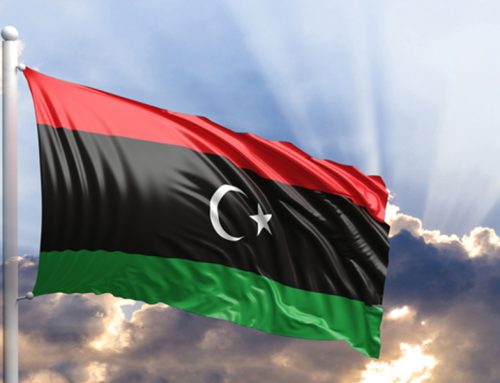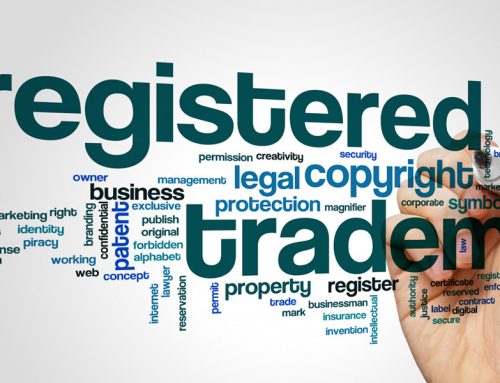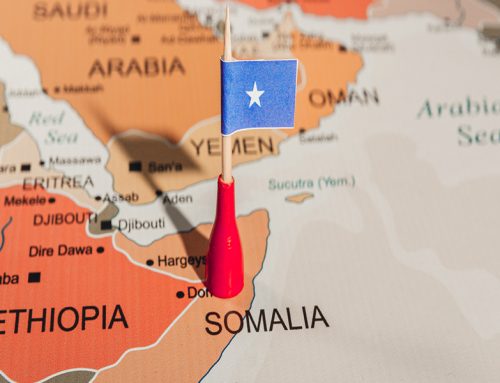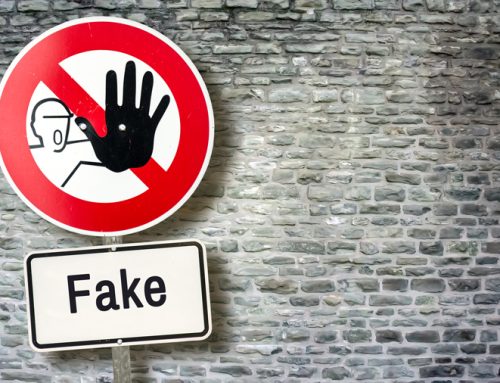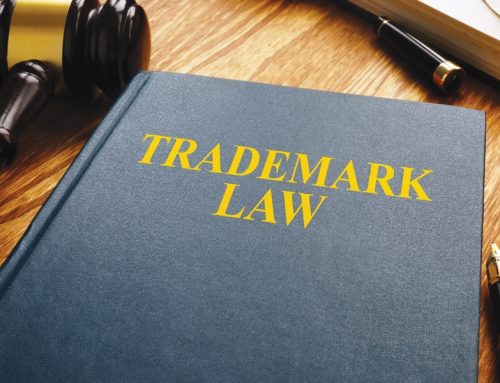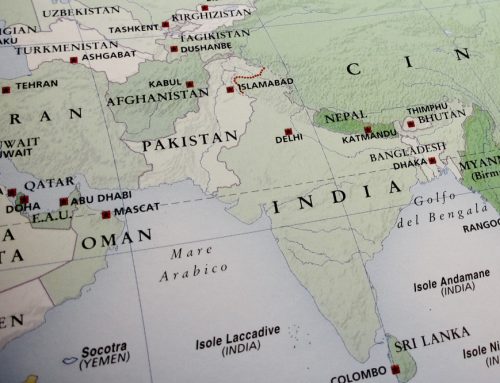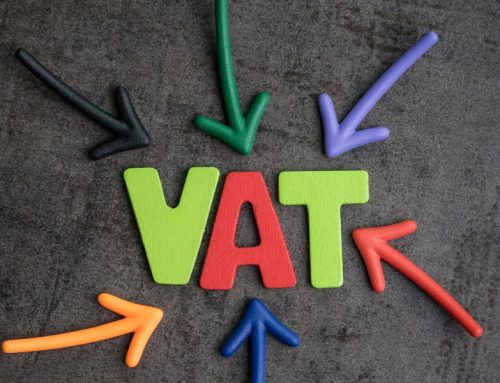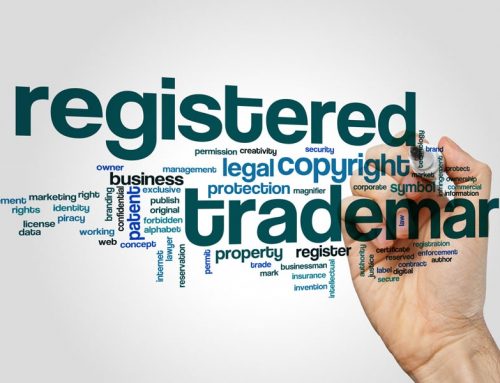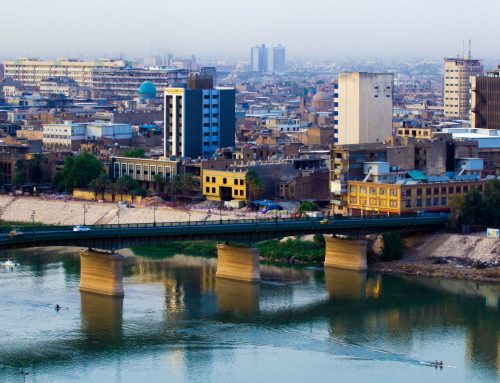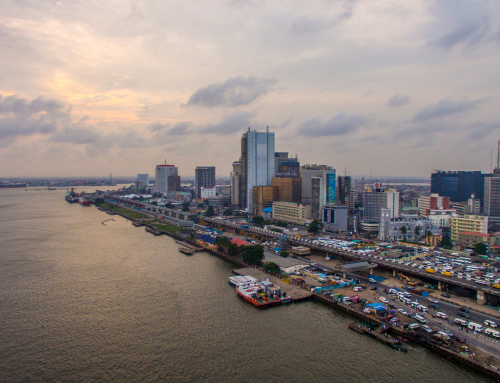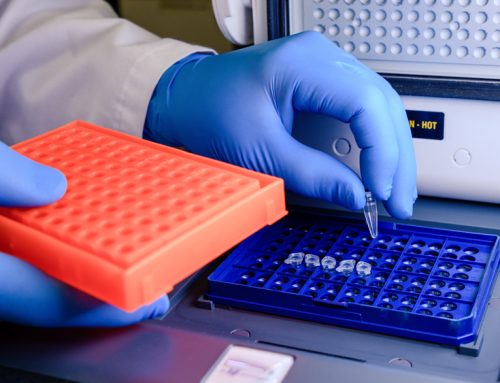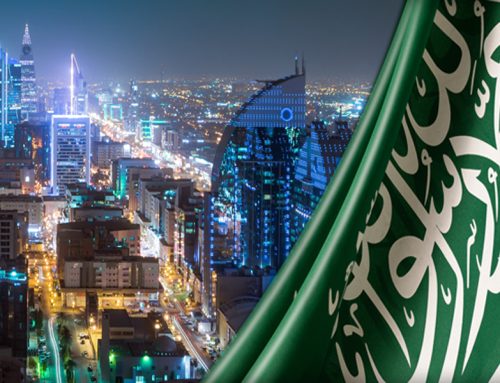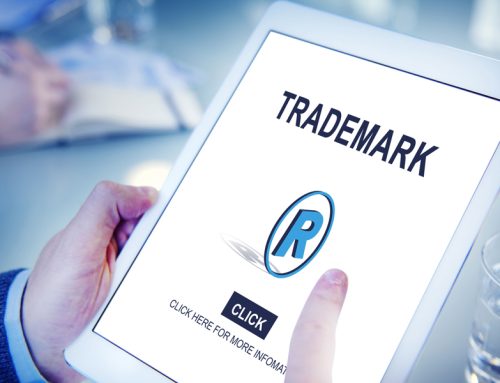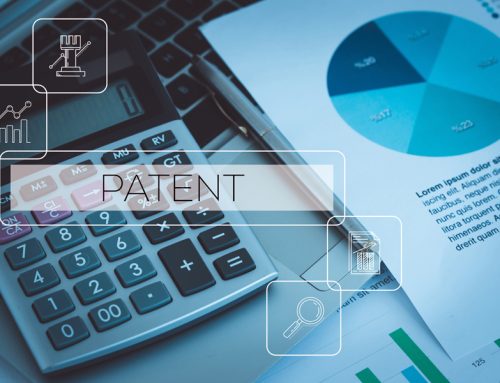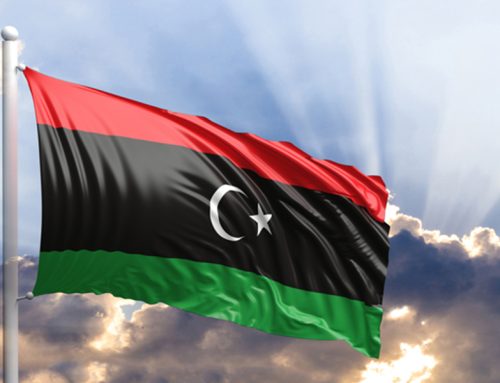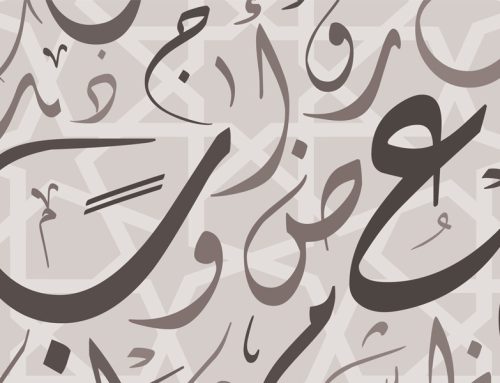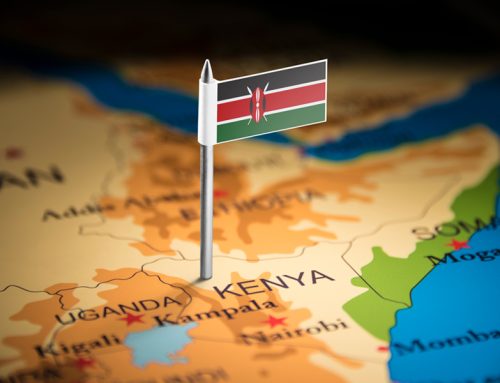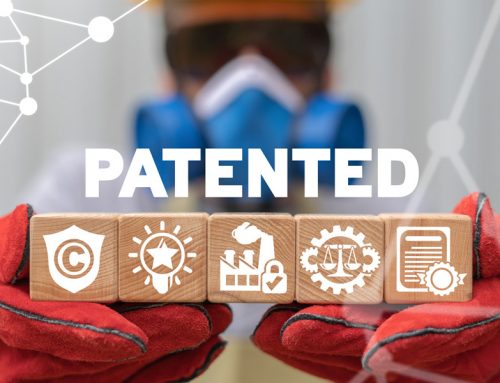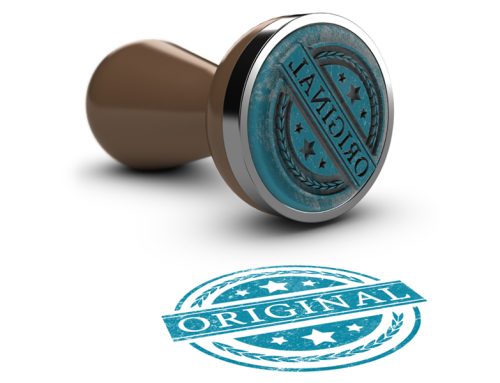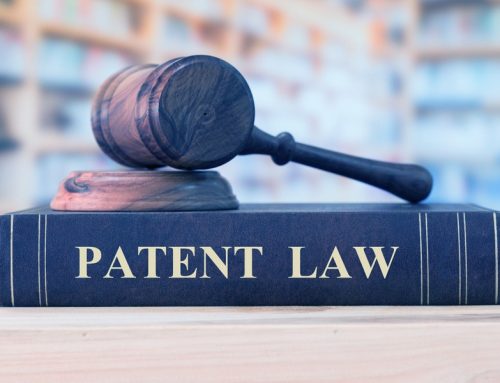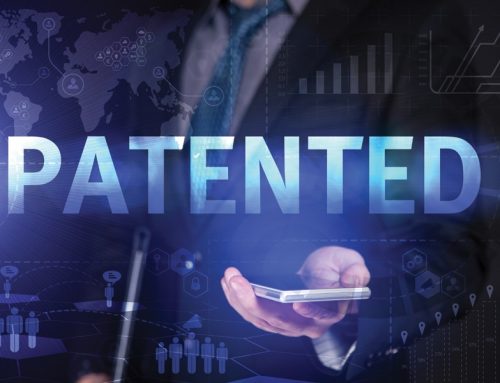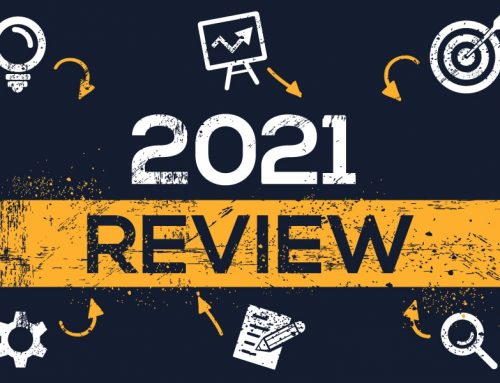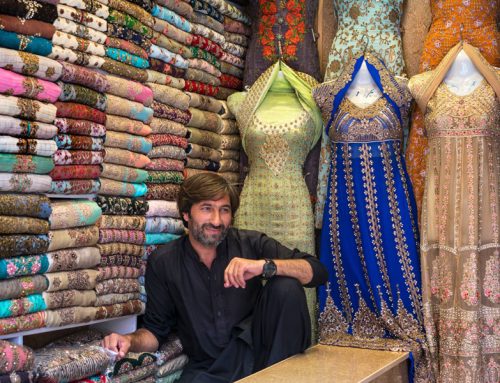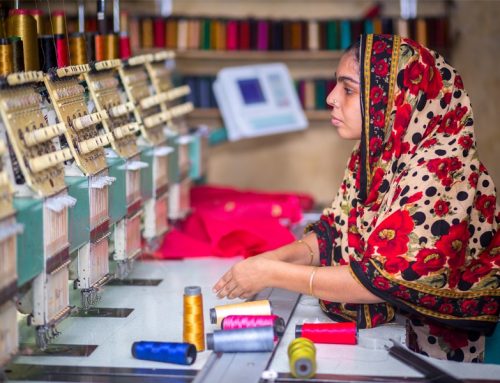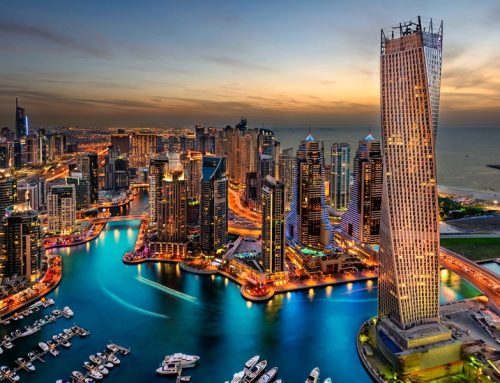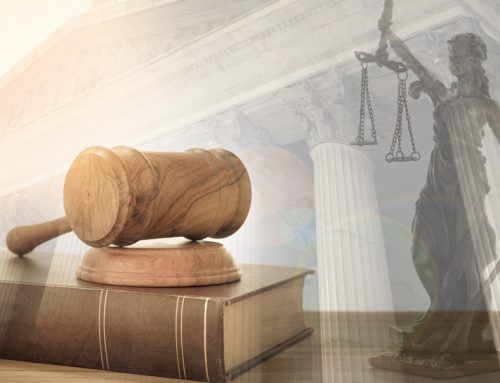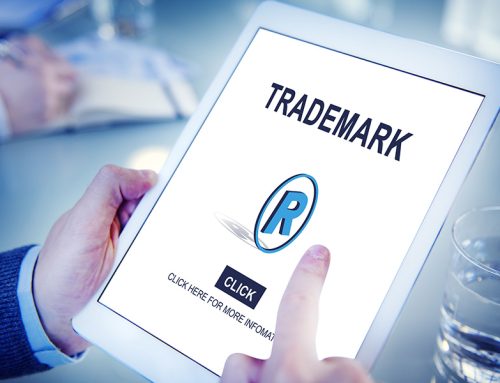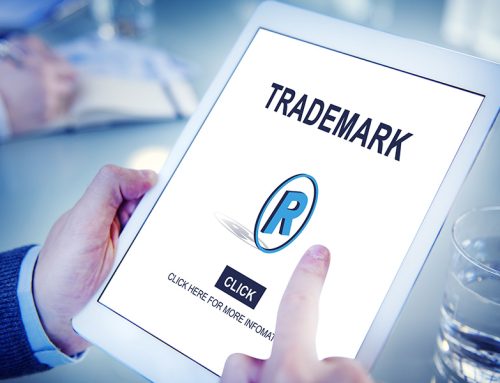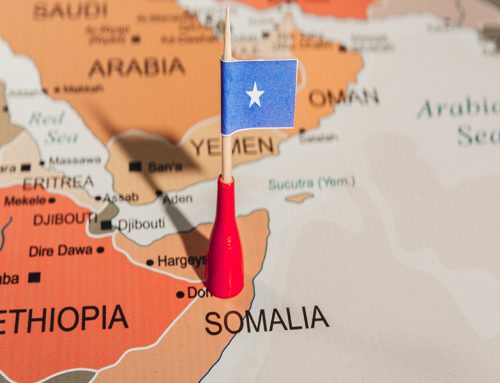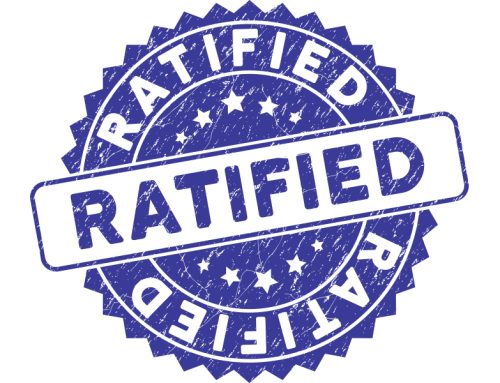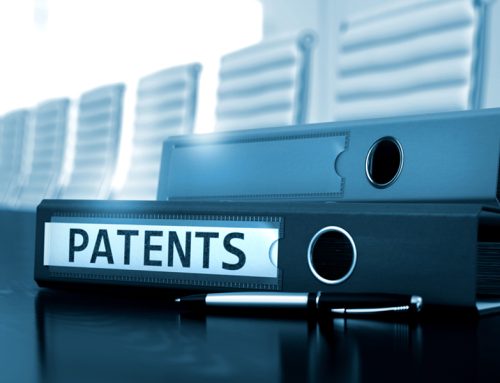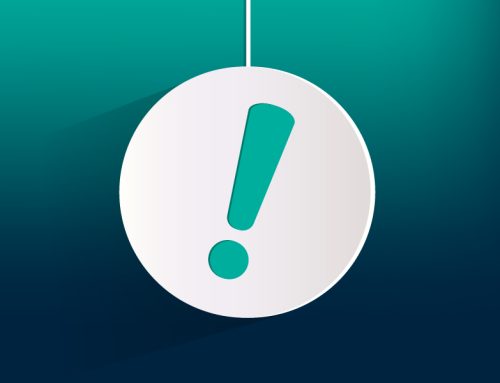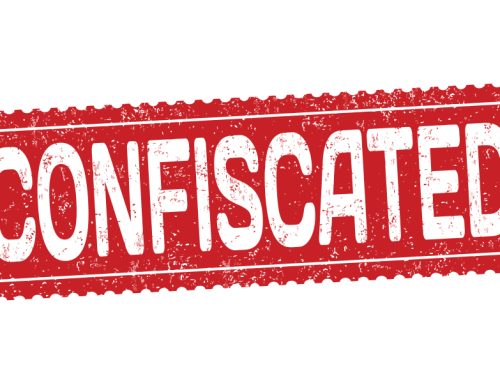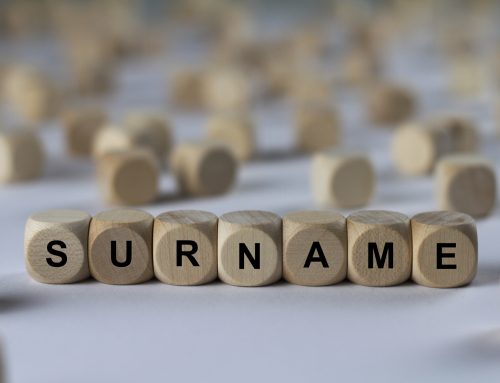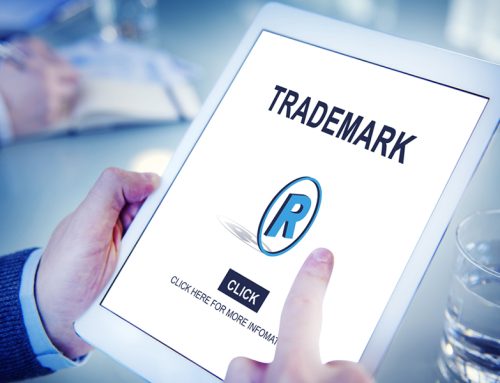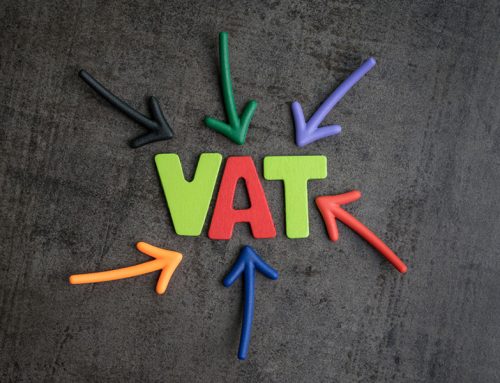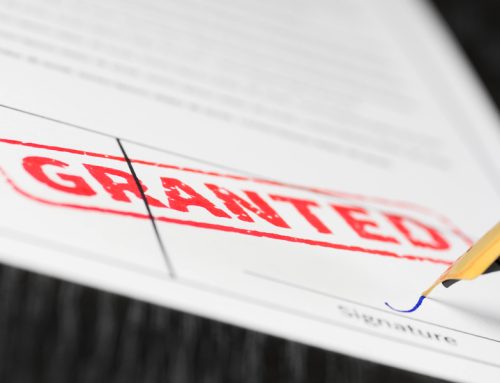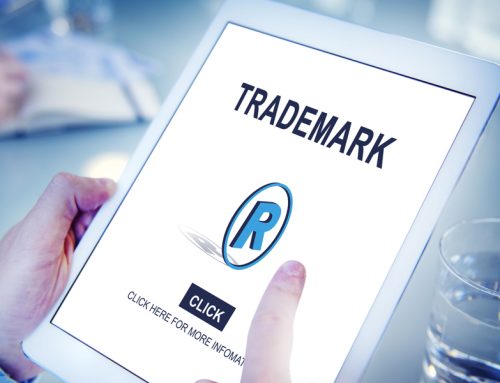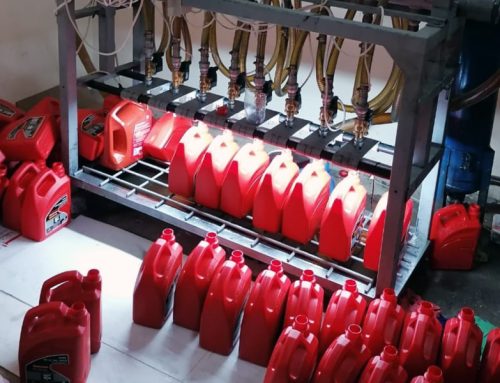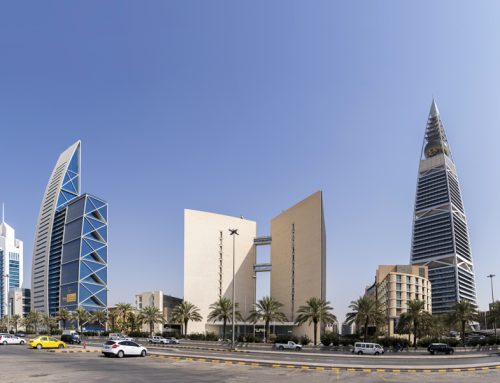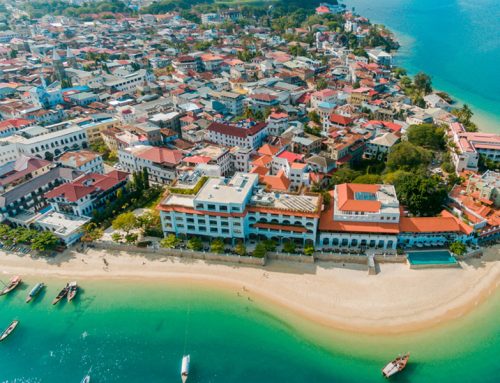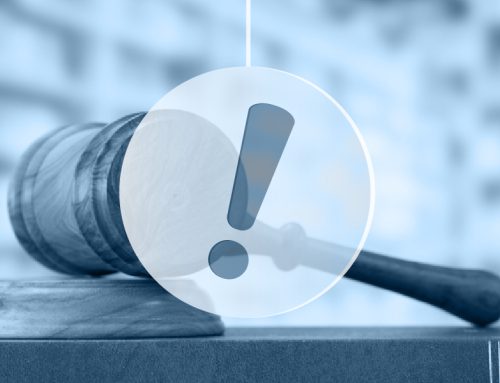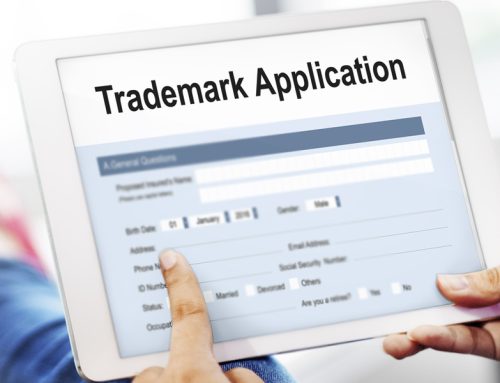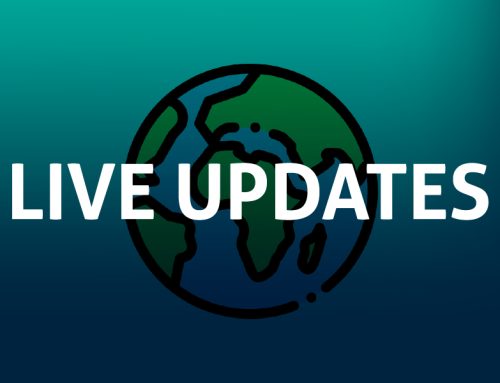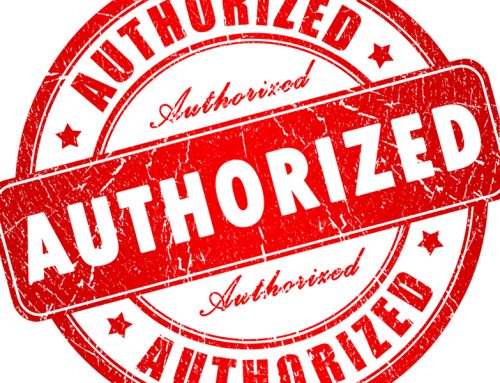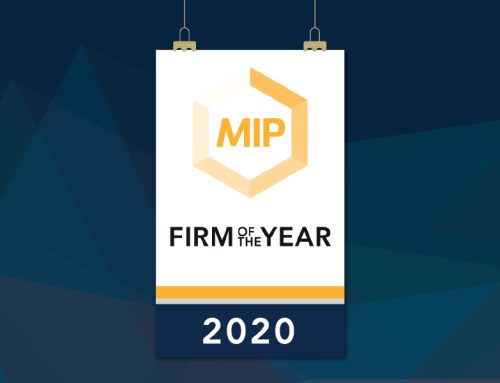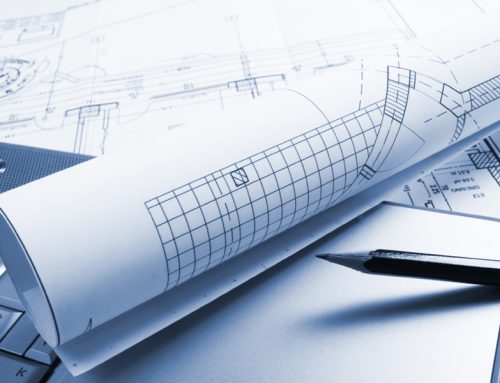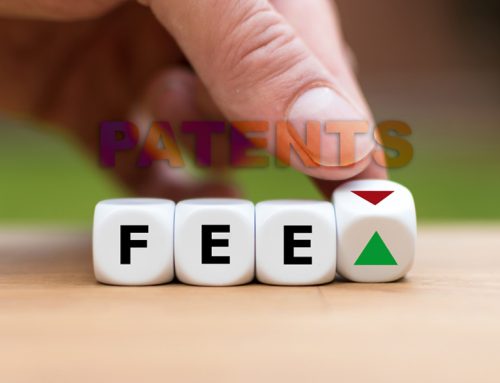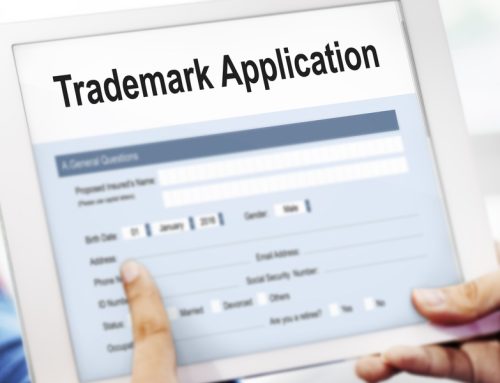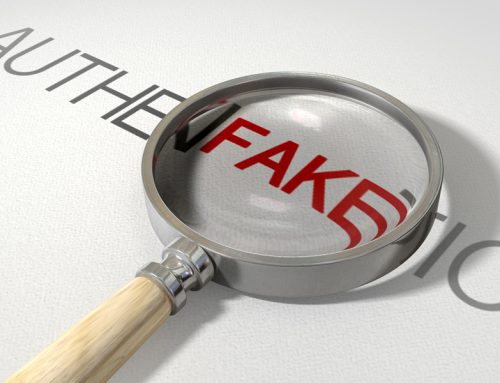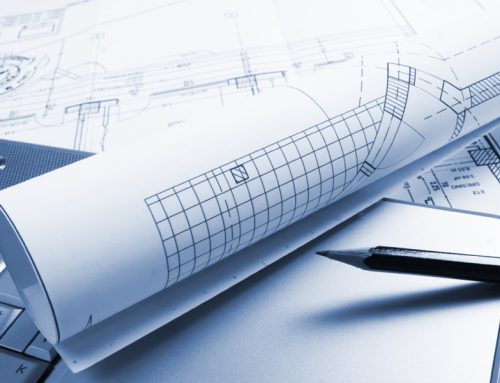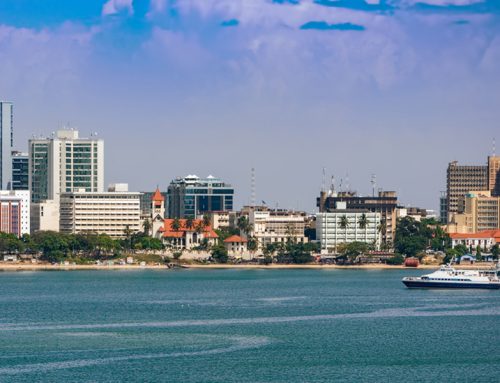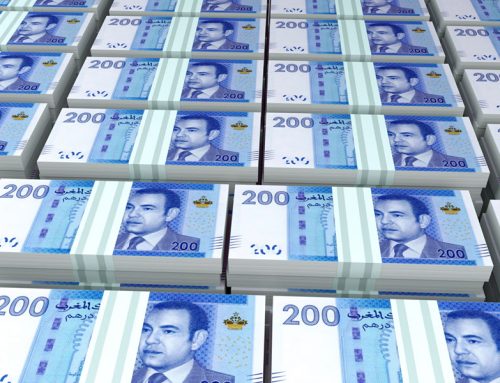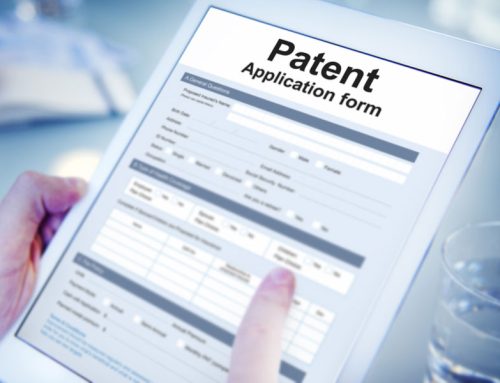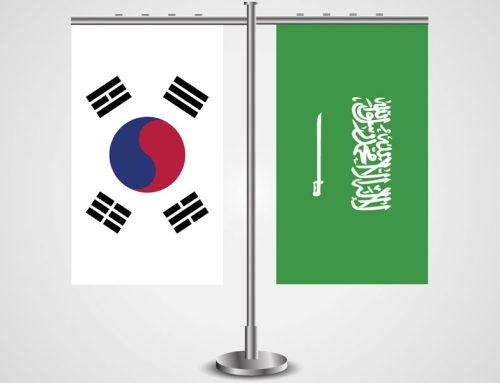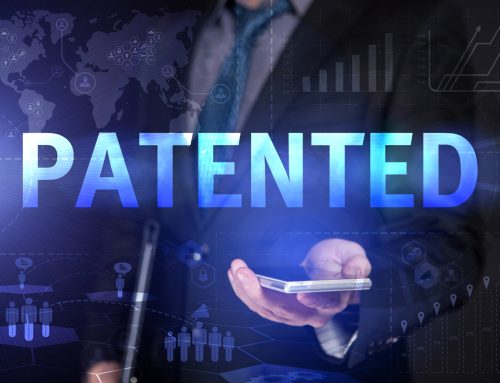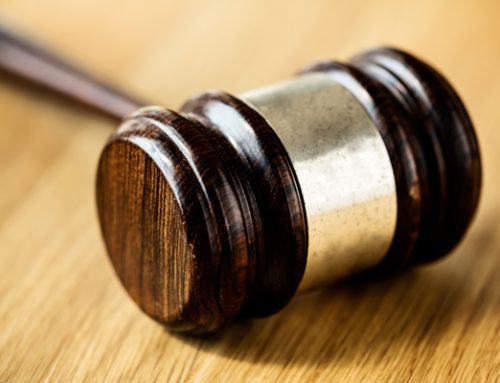With increasing official fees across the board relating to Intellectual Property procurement, regional offices can provide a more cost effective alternative when available. Patent attorneys and law firms worldwide are aware of the European Patent Office (EPO) and in most cases of the Eurasian Patent Organization (EAPO). Possibly due to the lag in emergence and development of certain regions, other regional patent offices are less known and utilized, namely, the GCC Patent Office (GCCPO) as well as the African regional offices of the African Intellectual Property Organization, more commonly referred to by its French acronym, OAPI, and the African Regional Intellectual Property Organization (ARIPO).
The table below summarizes some relevant particulars relating to all three patent systems.
|
|
Governing Law |
Filing Conventions/Treaties |
Priority Deadline |
Designation Required |
Prosecution Language |
|
GCCPO |
GCC Patent Law |
None |
12 months |
No |
Arabic |
|
OAPI |
Bangui Agreement |
Paris Convention, PCT |
12 months, 30 months |
No |
English, French |
|
ARIPO |
Harare Protocol |
Paris Convention, PCT |
12 months, 31 months |
Yes |
English |
In the first part of our two-part report, we will present on the GCCPO in more details. Part II of our report will follow in our next issue and will include details and information about both the OAPI and ARIPO offices.
Part I – The Gulf Cooperation Council Patent Office
History and Statistics
The GCCPO, as its name indicates, is the regional office for patent protection in the six GCC member countries: Bahrain, Kuwait, Oman, Qatar, Saudi Arabia and the United Arab Emirates (UAE). The GCCPO is based in Riyadh, Saudi Arabia, and is independent from the Saudi Patent Office, which is also based in the same city.
The GCC Patent Law was introduced in 1992. The first GCC patent application was filed in 1998 and the law was amended in 1999. The related implementing regulations were issued in 2000.
According to the statistics available on the GCCPO website, and as of the end of 2015, approximately 30,000 patent applications have been filed since 1998. Of these, approximately 16,000 applications have been examined and completed and approximately 14,000 are pending, i.e. under formal examination, under substantive examination or other.
As of the end of 2015, 3,992 patents have been granted and issued in various fields as shown in Figure 1 below. This means that roughly 12,000 applications have been rejected, cancelled or abandoned for various reasons.
Filing a GCC Patent Application
The GCCPO accepts applications from all over the world. Most foreign applications claim a 12 month priority, similar to a Paris Convention filing, albeit the GCCPO is not a member of the Paris Convention, as stated in the table in the introduction.
According to statistics published by the GCCPO, the top 5 filers between the years 2011 and 2015 are, in decreasing order: USA, Saudi Arabia, Switzerland, Netherlands and Germany (Figure 2).
The GCCPO is an electronic filing office. All requests, notifications and documents are managed electronically via the GCCPO portal. The following documents, in addition to the disclosure (i.e. title, abstract, description, claims and figures) are required: a legalized POA, a legalized DOA, and a certified copy of the claimed priorities.
Legalization of the above listed documents may be made up to the Consulate of any of the 6 member states. All the supporting documents may be submitted within 90 days from the filing date. These documents are submitted electronically, as color scans, while the original paper documents have to be maintained in a safe place in case the need arises to re-scan for quality reasons or for actual submission if requested by the Patent Office.
In addition to these supporting documents, a complete Arabic translation of the disclosure is required, and required to be submitted at the time of filing. The translation has to be provided according to the formatting and requirements of the regulations, i.e. paper size, margin size, etc.
In case the formal requirements are not all met in a timely fashion, the application will be cancelled and a notification to the same will be issued, roughly within a year or so. There is no provision in the regulations for requesting an extension of time at any stage during the prosecution of a GCC patent application.
If all the requirements are met, the application then moves into substantive examination.
Substantive Examination
Substantive examination has to be requested and the related fees settled within 90 days from issuance of the notification to do so by the Patent Office. This notification is usually issued after 2 years from filing, depending on the backlog. The GCCPO has been accelerating examination lately.
While the GCCPO examines many of the applications, a number of the application is examined by the Chinese Intellectual Property Office (CIPO) and to a lesser extent, the Austrian Patent Office.
Once started, examination is relatively rapid and depending on the reply to the office actions, a decision may be issued within months from the date of last response.
A favorable decision will result in the grant and publication of the application, which then becomes open to opposition for a period of 90 days. If no opposition is filed, then the patent is issued and may be enforced in all 6 GCC countries without the need for validation.
Patent Maintenance
As is the case in practically all patent systems in the world, the patent term for a GCC patent is 20 years, calculated from the filing year. This part sometimes gets confusing as the calculations are not based on the filing date or priority date as one would expect.
Annuities are due in the first quarter of each year following the filing year. In other words, annuities should be settled between January 1 and March 31 of each year, with a grace period until June 30 with a penalty fee. As an example, for an application filed on any day in 2016, the 1st annuity is due between January 1 and march 31 of 2017. Subsequent annuities are due similarly.
An interesting provision with regards to annuities for GCC patent applications is that after the third year, and in case the patent has not granted yet, the patentee is exempt from paying the annuities. Upon grant, the back-annuities will then have to be settled in order to proceed with the issuance.
Enforcement
A GCC patent can be asserted and enforced in all 6 GCC countries. In case of a suspected infringement or actual infringement in any one of the 6 countries, legal action may be taken and the GCC patent used to support the plaintiff’s case.
The competent court for taking such an action will be the competent judicial authority in the country where the infringement is taking place. There is not a unified court for the GCC patent system, at least not yet.
Currently, there are no specialized courts in the GCC countries. IP litigations are handled in the courts of first instances or civil courts whichever is applicable, with the exception of Saudi Arabia. The courts have appointed sworn experts who will provide an opinion during patent litigation cases.
In Saudi Arabia, the competent authority is the Committee which is composed of three law specialists and two technical experts. Decisions of the Committee shall be issued by majority vote. An appeal against any decision issued by the Committee may be brought before the Board of Grievances.
In closing
Needless to state, and in the interest of not losing the readers, many details relating to the sections above have been omitted. Nevertheless, the main points and ideas have been introduced and presented.
Simply by looking at various statistics related to the region, there is no doubt of the growth this particular area of the Middle East has experienced over the past decade and is expected to maintain a sturdy growth for the coming years. Investments for the development of various industries as well as in innovation can be seen in the two largest economies of the GCC, namely Saudi Arabia and the UAE; but also in Qatar and Oman and to a lesser extent in Bahrain and Kuwait.
The region has drawn the attention of all major global players as attested by the diversified patents and patentees and from where we stand, we have witnessed a continuous growth that is not abetting yet. The region is putting its mark in the international community and is well on its way to becoming a major player in the global economy.
Should you have any questions, or require any additional information, please contact us at news@sabaip.com
